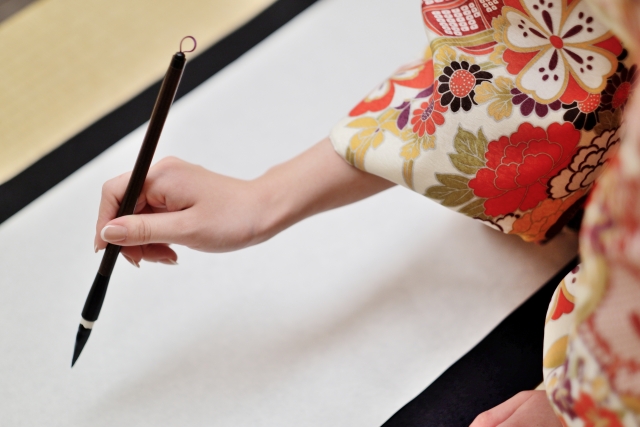Planning a trip to Japan? You might be envisioning vibrant tea ceremonies, graceful Kabuki performances, or the tranquility of Zen gardens. But if you’re seeking inner peace and self-expression, why not try Shodo (書道), the art of Japanese calligraphy?
Shodo is the traditional Japanese art of beautiful writing. It’s more than just putting ink to paper; it’s a profound world where the movement of the brush, the shades of ink, and, most importantly, your heart are all reflected in the characters. This quiet, focused activity is sure to make your trip to Japan truly unforgettable.
Western Calligraphy vs. Japanese Shodo: Similarities and Distinct Differences
When thinking about beautiful handwriting, you might recall Western calligraphy. While both aim for aesthetic penmanship, there are distinct differences between Japanese Shodo and Western calligraphy.
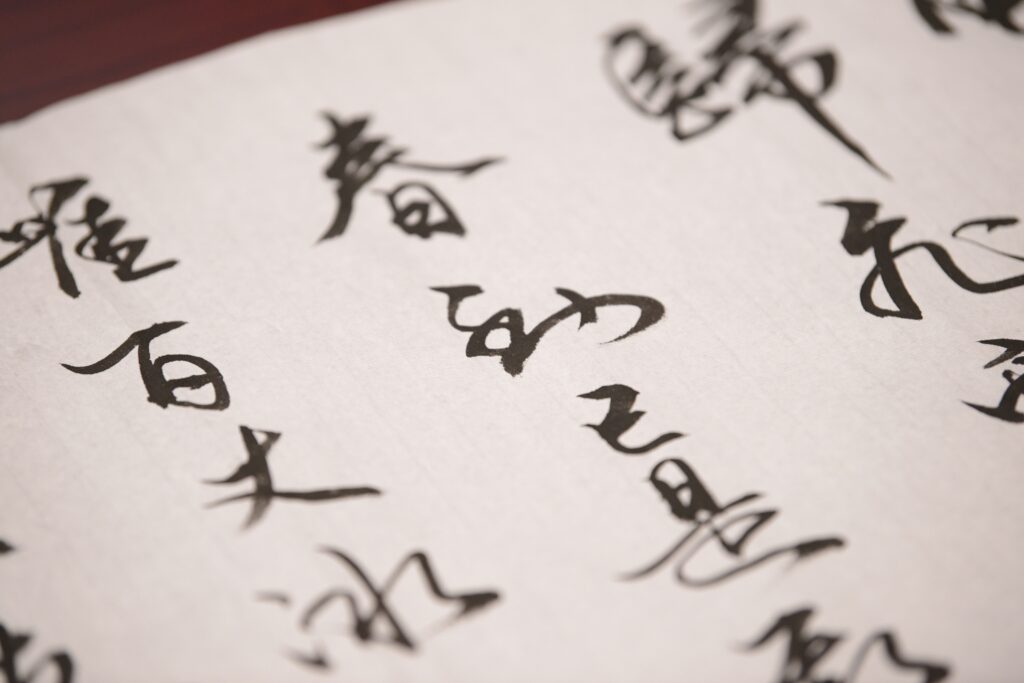
Western calligraphy often uses pens, ink, rulers, and templates, emphasizing meticulous and precise lines. In contrast, Japanese Shodo employs a soft brush and ink created by mixing water with an ink stick, allowing for a more organic and fluid expression. The accidental beauty of “nijimi” (ink bleeding) and “kasure” (fading strokes), which arise from variations in ink density, brush speed, and pressure, are significant charms of Shodo.
Furthermore, the origins of the characters differ greatly. While alphabets are independent letters, Kanji (Chinese characters used in Japanese) are complex forms derived from pictographs, each imbued with its own meaning. Understanding these meanings and expressing the “ki” (spirit or energy) of each character is a core enjoyment of Shodo.
Unveiling the History of Shodo: When Characters Became Art
The roots of Japanese Shodo trace back about 1,500 years to the introduction of Chinese characters (Kanji) to Japan. Initially used for practical record-keeping, by the Heian period (794-1185), aristocrats began to pour their passion into writing beautifully. Historical figures like Kukai (空海), a prominent Buddhist monk and scholar, and Sugawara no Michizane (菅原道真), a revered scholar and politician, demonstrated exceptional talent in calligraphy. Their works are still highly regarded today as the origin of Japanese calligraphy.
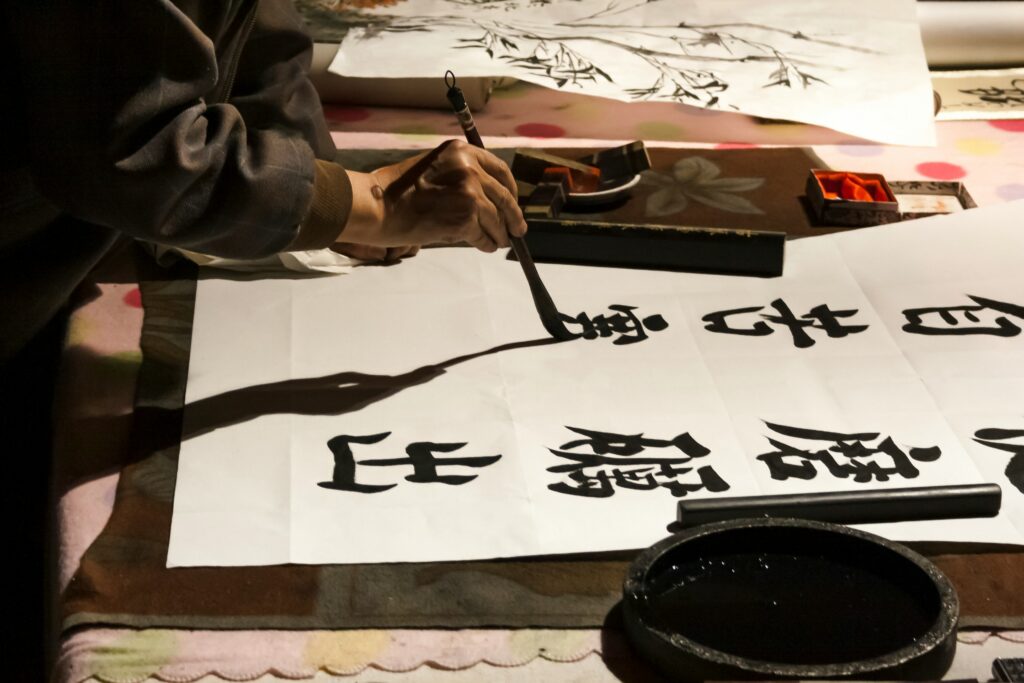
From the Kamakura period (1185-1333) onwards, as Zen Buddhism spread in Japan, Shodo became increasingly valued as a form of spiritual discipline. As the saying goes, “Sho wa shinga nari” (Calligraphy is a painting of the heart), Shodo evolved beyond mere technique to become a means of expressing one’s spirituality and philosophy.
During the Edo period (1603-1868), opportunities to learn characters expanded to common people through寺子屋 (terakoya – temple schools), further popularizing Shodo among the general populace. Thus, Shodo has been passed down to the present day, deeply intertwined with Japanese history, culture, and the spirit of its people.
What You Gain from a Shodo Experience: Mindfulness for Your Senses
A Shodo experience won’t just teach you to write beautiful characters; it will also offer you many insights.
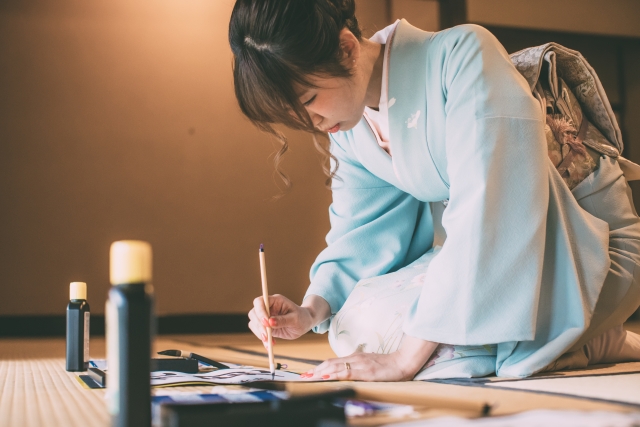
- Concentration and Inner Peace: The time spent holding the brush, grinding the ink, and facing the blank paper helps clear your mind and focus on the present moment. Enveloped by the pleasing scent of ink spreading from the brush tip, you’ll feel your mind naturally calm down. This is precisely the practice of “mindfulness” that’s gaining attention in modern society.
- The Joy of Self-Expression: Even with prescribed forms, no two people will ever write the exact same calligraphy. Your unique personality and emotions will be reflected in the characters through the brush’s pressure, speed, and ink density. Even if you don’t write perfectly, the sense of accomplishment when your own “artwork” is complete is extraordinary.
- An Encounter with Japanese Aesthetics: Through Shodo, you can experience traditional Japanese aesthetic concepts like “ma” (the artistic pause or negative space) and “yohaku no bi (the beauty of empty space). The spatial arrangement of characters, the contrast between ink and paper, and the strength of lines created by brushstrokes all symbolize the sense of beauty that the Japanese have cherished since ancient times.
- Deepening Intercultural Understanding: Through interaction with your Shodo teacher and fellow Japanese participants, you can gain a deeper understanding of Japanese culture and ways of thinking. Discussing the meanings embedded in the characters and the spirituality of Shodo might lead to discoveries not found in guidebooks.
Recommendations for Your Shodo Experience: Where and How?
Many facilities across Japan offer Shodo experience programs for foreign visitors. These are often held at Shodo schools, cultural experience centers, and sometimes as part of accommodation packages.
Typical Experience Flow:
- Tool Explanation: Learn about Shodo tools such as the brush, ink stick, suzuri (硯 – ink stone), paper, and bunchin (文鎮 – paperweight), and their respective roles and uses.
- Basic Brushwork: Practice fundamental brush techniques, including how to hold the brush and how to write straight lines and curves.
- Writing Characters: Under the guidance of an instructor, choose your favorite Kanji or Hiragana to write. Writing your own name in Kanji is often a popular choice.
- Completion of Your Work: You can take home your self-written piece, which will become a wonderful memento of your trip.
Booking Tips:
- Confirm in advance if an English-speaking instructor is available.
- Smaller group classes often provide more personalized instruction.
- Check the duration, cost, and what to bring.
Conclusion
Shodo is more than just writing characters. It is a profound art and a path of spiritual discipline, where you quietly face yourself and express your being through the brush, ink, and paper.
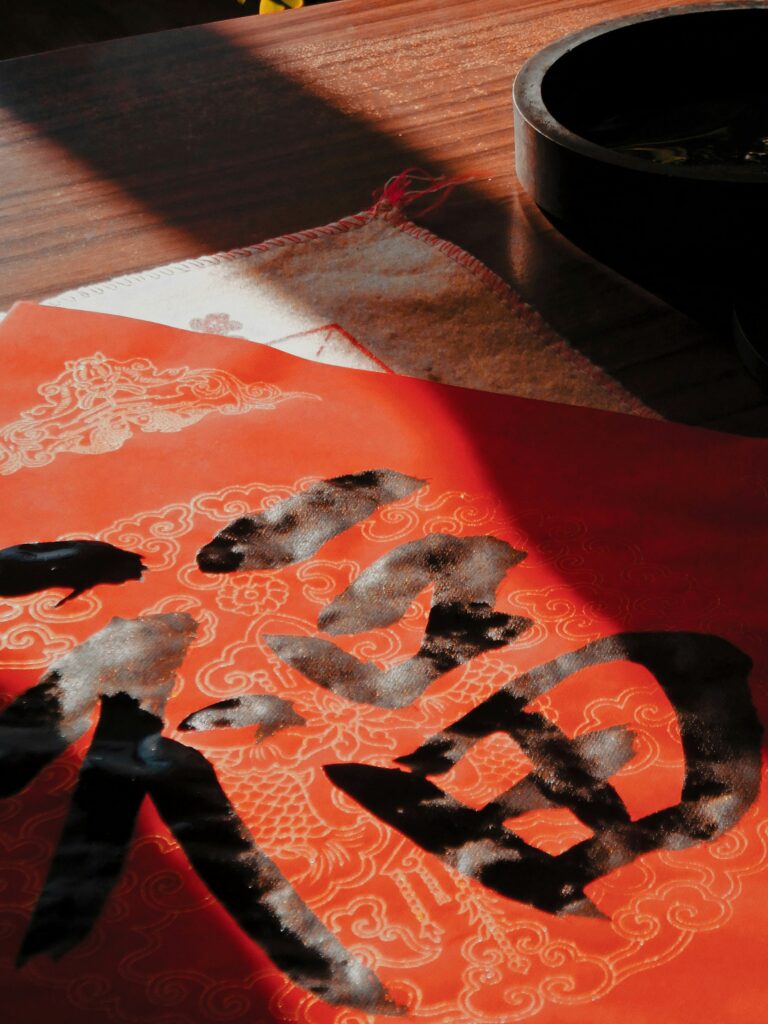
When you visit Japan, do consider trying this unique experience. The serene world that unfolds with a single brush will enrich your heart and engrave an unforgettable memory of your journey. It will also be a valuable opportunity to touch the profound depths of Japanese culture.
So, why not pick up a brush and express your own “heart” in characters?

